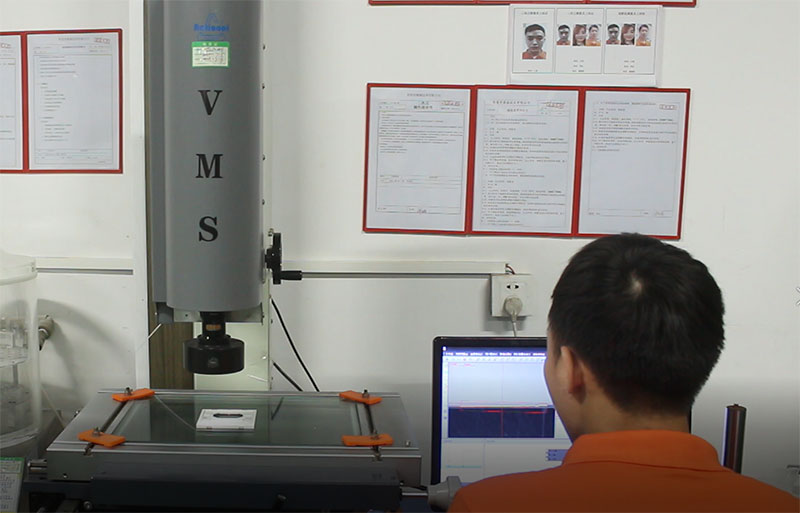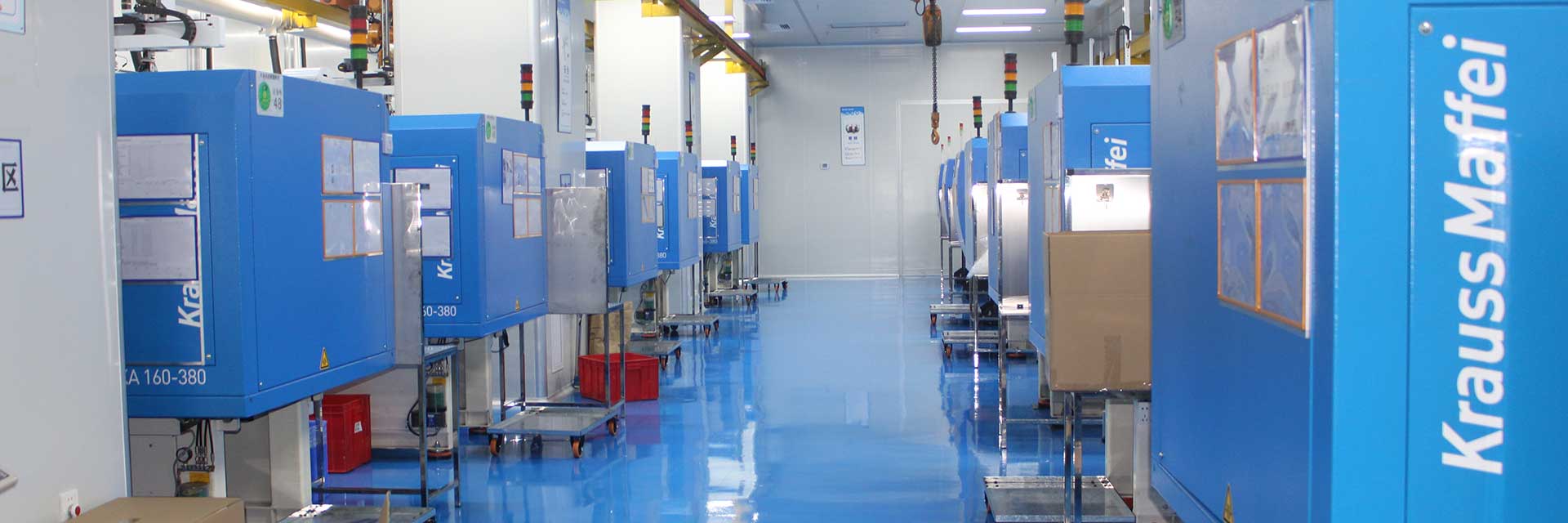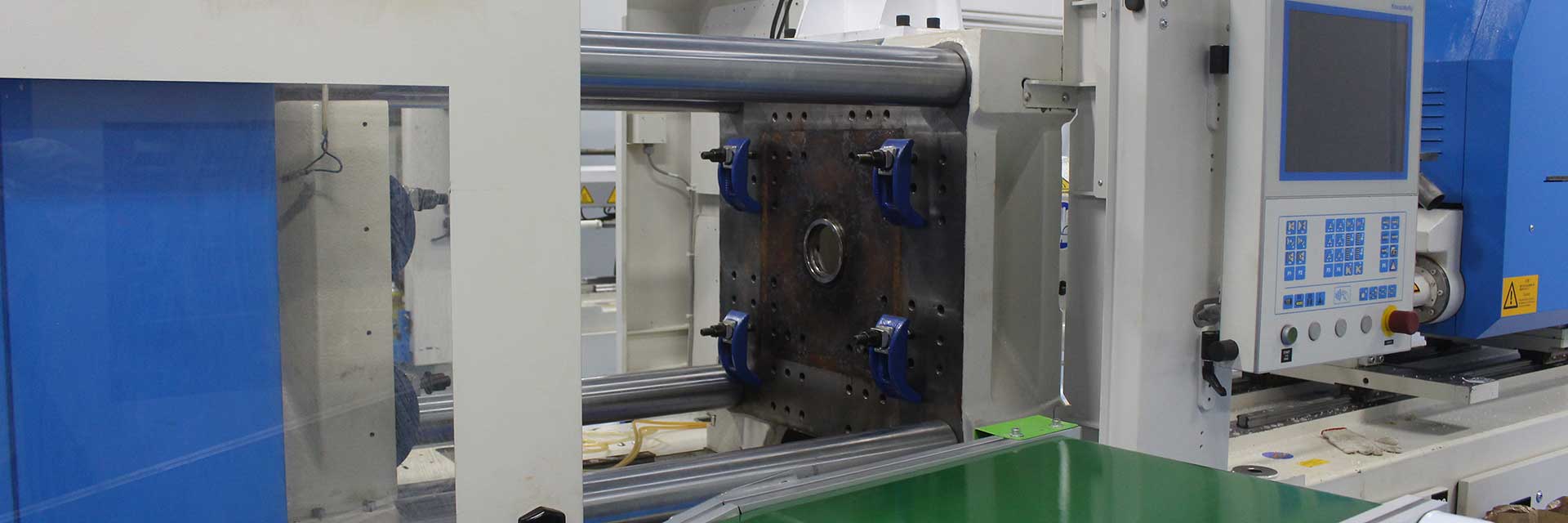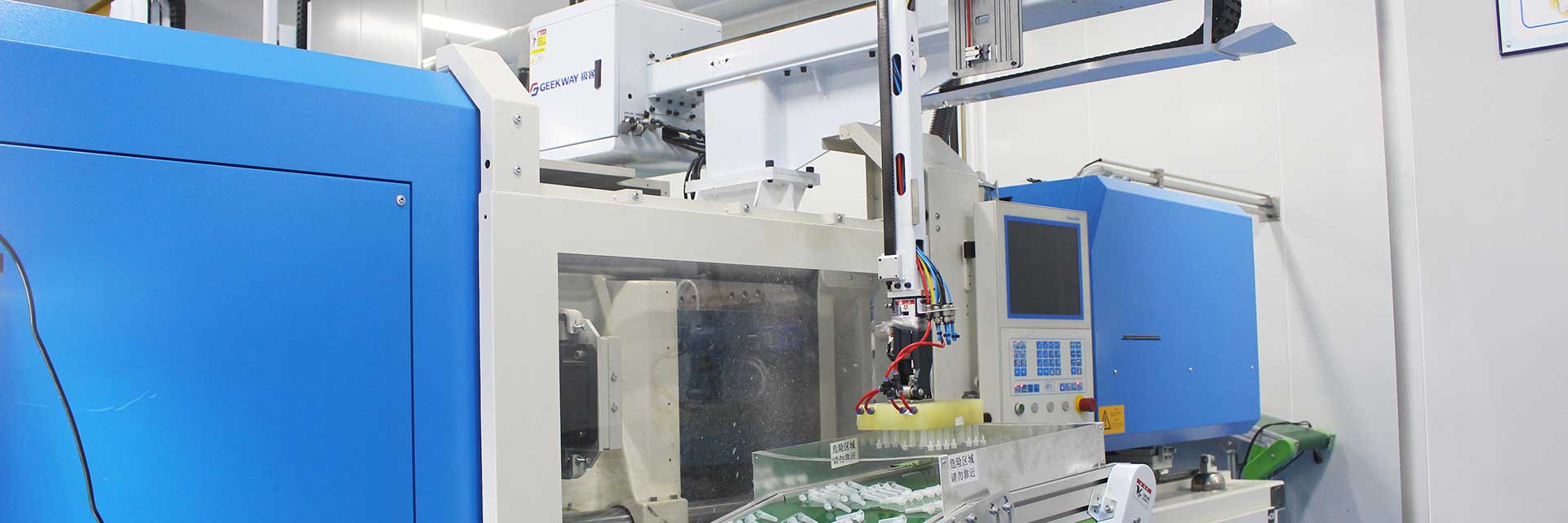A wide variety of quality control methods are employed in the industry to ensure that production processes run smoothly. In the sections below, we will discuss some of the most popular quality control measures.
100% Inspection Method
The 100% inspection method involves checking each item in a production batch. This technique is usually beneficial in high-security requirement industries like aviation where there is low tolerance for mistakes. Moreover, it is also applicable to small-scale custom manufacturing projects where each product requires individual quality checking.
As the method is extremely thorough, it requires time and resources to execute, making it impractical for the mass production process.

Lean Manufacturing
Lean manufacturing is a customer-centric production strategy that strongly emphasizes cutting waste and pursuing continuous process improvement. It is a unique quality control process as it focuses on waste rather than value addition.
The lean experts map the entire value-addition chain of a production process and then focus their efforts on improving the low-performing ones. Nowadays, lean manufacturing has been widely adopted as a quality control management strategy across the board including industries like aviation, automotive, medical, and construction.
Six Sigma
Six Sigma is a data-driven approach that aims to limit defects and process variation below a certain level. To be exact, the goal of Six Sigma is to have just 3.4 defects per million opportunities.
It requires an in-depth analysis of the production process to identify possible opportunities for defects to occur. Since this quality measure applies to the entire process, the quality team automatically focuses on fixing the most defective areas.
Total Quality Management
Total quality management is a holistic quality control approach that strives for long-term quality improvement. It emphasizes continuous improvement through management principles that involve every person from top management to production floor personnel.
This organization-wide implementation allows every individual to participate in quality control measures, which maximizes efficiency and boosts employee morale.
Statistical Methods
These methods use various statistical tools to manage and control production processes. Statistical methods help production managers quantitatively analyze their processes and actions, putting them in a better perspective for decision-making. Here are some of the statistical techniques production managers use:
Statistical Process Control: Data from production sites is used to statistically distinguish abnormal events from normal procedures. In the case excessive deviations are detected, corrective measures can then be taken to avoid flaws in the product.
Design of Experiments: An experimental approach where several experiments are conducted to gain a better understanding of how different variables/inputs affect a process. There are numerous techniques like the Taguchi method to minimize the number of experiments while preserving information gain.
Sampling: For inspection, testing a representative sample of products is more feasible rather than the complete batch. The ideal sample size and composition can be statistically determined. This method of sampling makes quality control in manufacturing more efficient than the 100% inspection method.
These statistical quality control examples illustrate a variety of tools manufacturers use to maintain and enhance product quality. By choosing the right approach for their industry, manufacturers can reduce errors and increase efficiency.




